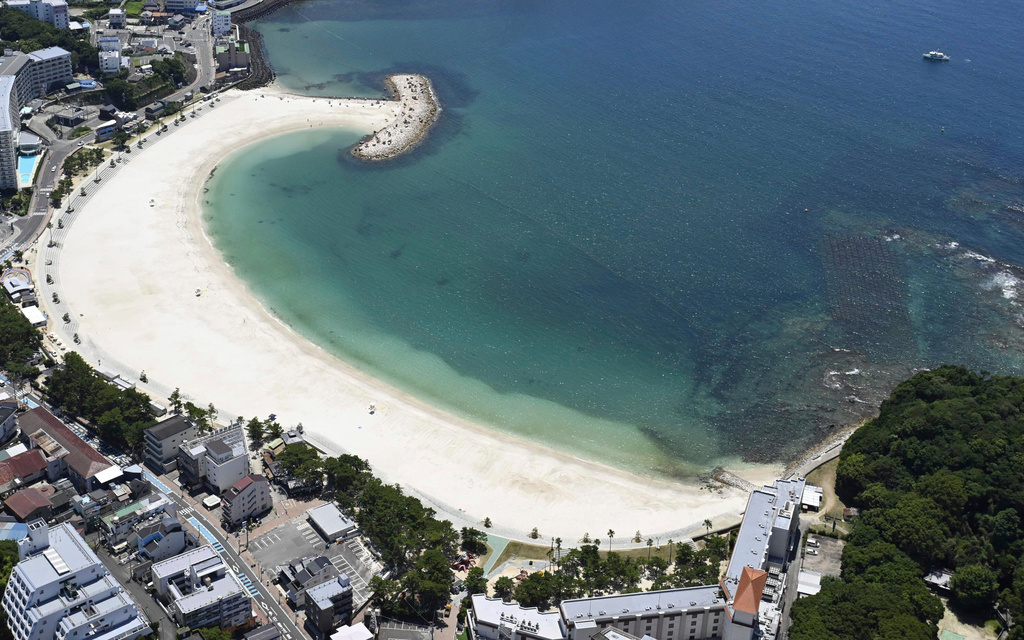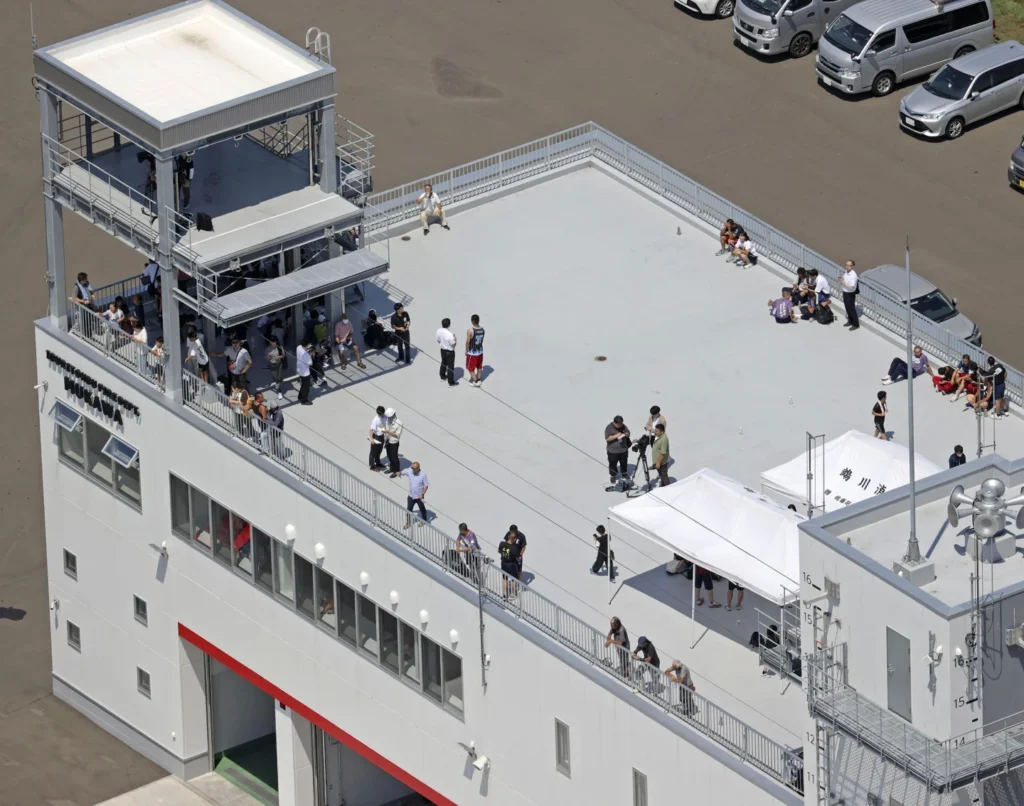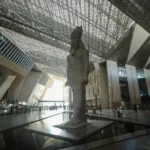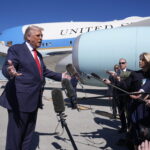Japan Lowers Tsunami Alert After Russia Earthquake/ Newslooks/ WASHINGTON/ J. Mansour/ Morning Edition/ Japan has officially downgraded its last tsunami alert following a powerful 8.8-magnitude earthquake off Russia’s eastern coast. Tsunami advisories remain in effect across parts of Japan’s Pacific shoreline. The quake triggered evacuations across the Pacific region, though widespread destruction was largely avoided.

Pacific Tsunami Response – Quick Looks
- Japan ends final tsunami alert but maintains coastal advisories
- Massive 8.8-magnitude quake struck off Russia’s Far East
- Tsunami warnings issued in Japan, Hawaii, Alaska, U.S. West Coast
- Tsunami waves of up to 13 feet recorded in Kamchatka
- Evacuations, minor injuries reported; no major infrastructure damage
- Hawaii lifts evacuation orders but maintains tsunami advisory
- Russia, Canada, and U.S. coastal regions continue monitoring tides
- Transportation disrupted across Japan’s northern coastline
- Widespread alert remains for Pacific island nations
Deep Look: Japan Downgrades Final Tsunami Alert After 8.8 Quake Off Russia’s Coast
TOKYO — Japan has downgraded its last remaining tsunami alert Wednesday following one of the strongest earthquakes ever recorded, an 8.8-magnitude temblor that struck off Russia’s sparsely populated Far East. Despite the downgrade, tsunami advisories remain in effect along the country’s Pacific coast.
The earthquake, which occurred near the Kamchatka Peninsula early Wednesday morning local time, generated a broad swath of tsunami warnings throughout the Pacific region. Waves reached shores from Russia to Hawaii and Japan to California, but so far, no significant casualties or structural damage have been reported.
A Widespread Emergency Response
The initial threat prompted mass evacuations in coastal areas. In Japan, residents moved inland, fearing a repeat of the 2011 catastrophe that led to nuclear plant meltdowns. In Hawaii, tsunami sirens sounded statewide and motorists crowded highways during a citywide evacuation push. By late Wednesday, both Hawaii and Japan had downgraded their tsunami warnings to advisories, and Russia canceled its alerts entirely.
However, the situation remains fluid. “A tsunami is not just one wave,” said Dave Snider of the National Tsunami Warning Center. “It’s a series of powerful waves that can persist for hours.”
Recorded Impact Across the Pacific
Waves reached heights of 3 to 4 meters (10 to 13 feet) in parts of Kamchatka, while northern Japan’s Hokkaido region recorded a wave of 60 centimeters (2 feet). Smaller waves, ranging from 1 to 1.5 feet, reached parts of California and Alaska, prompting tsunami advisories for the U.S. West Coast and British Columbia.
Honolulu lifted its evacuation orders as early assessments revealed limited impact, though authorities warned that dangerous currents and surges could still occur.
Reports of Minor Damage, No Fatalities
Russia’s Oceanology Institute initially feared waves as high as 15 meters (50 feet) could strike parts of Kamchatka. Ultimately, several areas flooded, but local officials reported no serious injuries. In Petropavlovsk-Kamchatsky, a kindergarten suffered quake damage during renovations. One hospital patient sustained an injury while evacuating, and a few people suffered minor injuries during the initial tremors.
A video released by Russian state media captured medical workers stabilizing a patient mid-operation during the quake, underscoring the resilience of emergency responders.
In Severo-Kurilsk on the Kuril Islands, waves flooded the port and knocked out power, prompting a temporary state of emergency. Authorities reported no major infrastructure damage.
Transportation, Nuclear Safety, and Infrastructure
In Japan, ferry and train services were suspended, and flights in affected regions were delayed. At nuclear facilities across the country, including Fukushima Daiichi, no operational abnormalities were reported. Roughly 4,000 workers at the damaged Fukushima plant took shelter on elevated terrain as a precaution.
The Japan Meteorological Agency downgraded its tsunami alert to an advisory for the Pacific coast south of Fukushima but warned of possible high waves in northern coastal areas. A wave of 60 centimeters was recorded in Hamanaka, while a 20-centimeter surge was observed in Tokyo Bay hours after the quake.
Chief Cabinet Secretary Yoshimasa Hayashi advised evacuees in northern Japan that they may not be able to return home immediately due to the continuing threat of aftershocks and lingering high tides.
Regional and International Advisories
The U.S. Geological Survey recorded the quake at a depth of 21 kilometers (13 miles), approximately 120 kilometers (75 miles) east of Petropavlovsk-Kamchatsky. Multiple aftershocks followed, including one at 6.9 magnitude.
Emergency warnings and coastal advisories were also issued in Pacific nations including New Zealand, Mexico, the Philippines, and smaller island nations such as Samoa, Tonga, Fiji, and the Federated States of Micronesia. All urged residents to stay off beaches and avoid low-lying coastal zones until conditions stabilize.
In British Columbia, tsunami waves under 30 centimeters were recorded, with local agencies issuing continued alerts for beachgoers and harbor workers.
Among the Century’s Strongest Earthquakes
The 8.8 magnitude earthquake ranks among the most powerful of the 21st century, comparable to the 2010 Chile quake and the 2004 Indonesia earthquake that caused catastrophic tsunamis. It is also the strongest in the region since 1952, according to the Russian Geophysical Survey.
Earlier this month, the same region experienced five significant earthquakes, including one at 7.4 magnitude. Wednesday’s event further raised concerns about ongoing seismic activity in the Ring of Fire, the volatile tectonic boundary surrounding the Pacific Ocean.
Looking Ahead
While the worst-case tsunami scenarios have been avoided, experts continue to monitor the situation closely. With aftershocks expected and advisories still in effect across multiple countries, authorities are urging caution and continued public vigilance.
The Japan Meteorological Agency, U.S. National Tsunami Warning Center, and international observatories remain on high alert as data continues to flow in from seismic monitoring stations across the Pacific.







